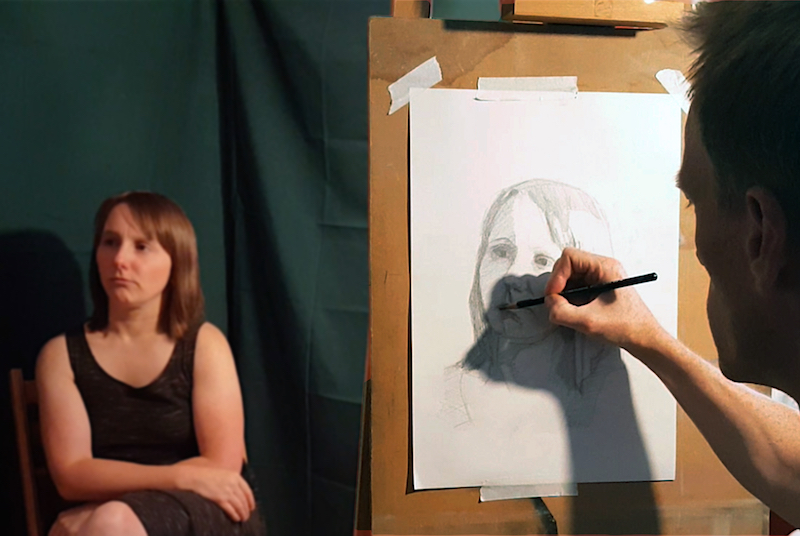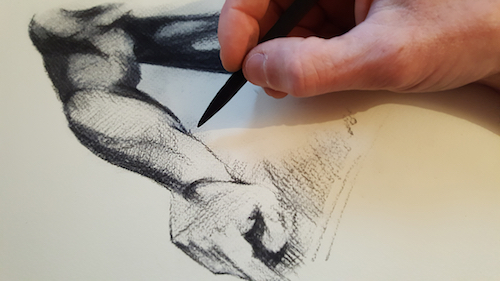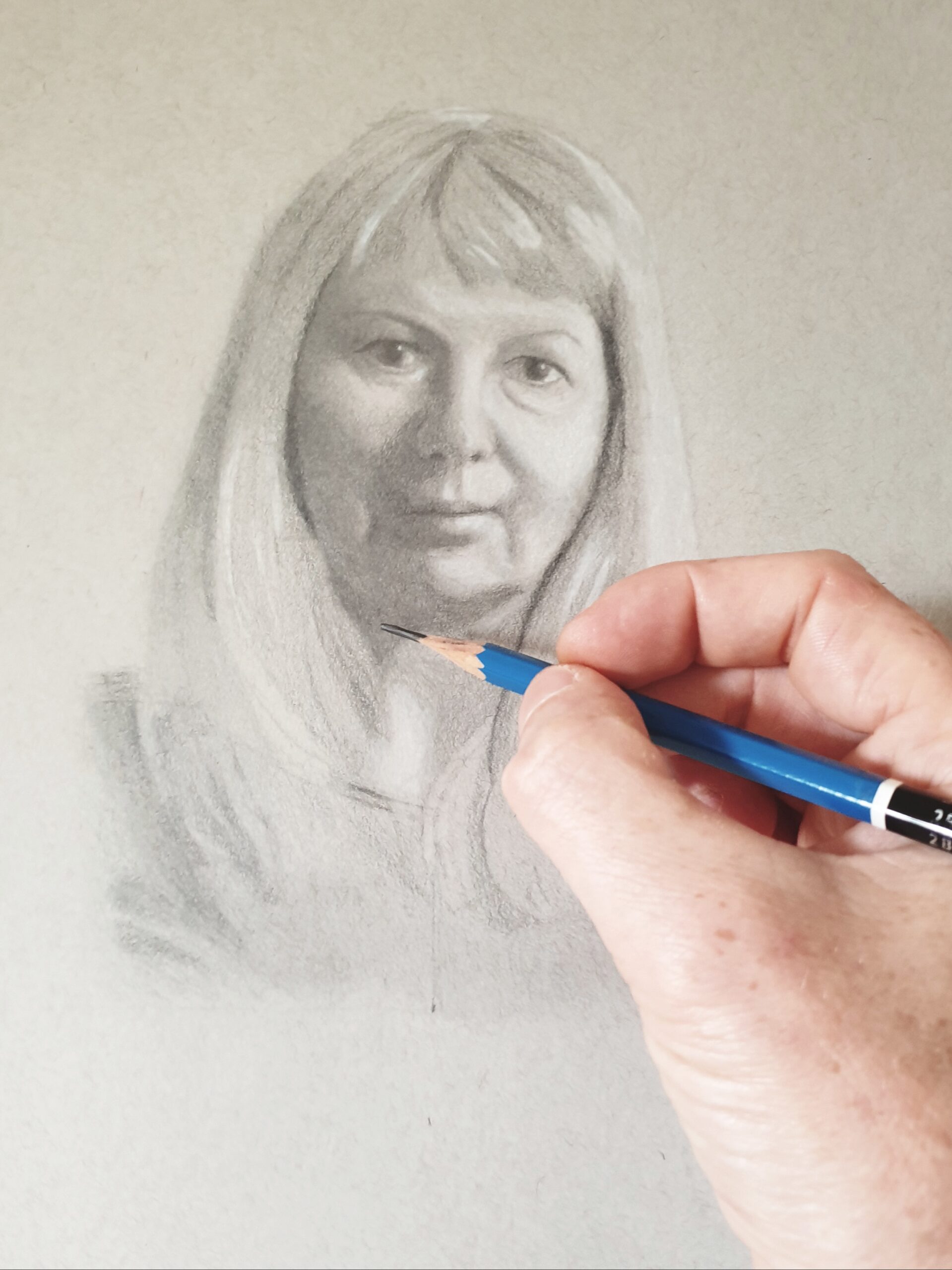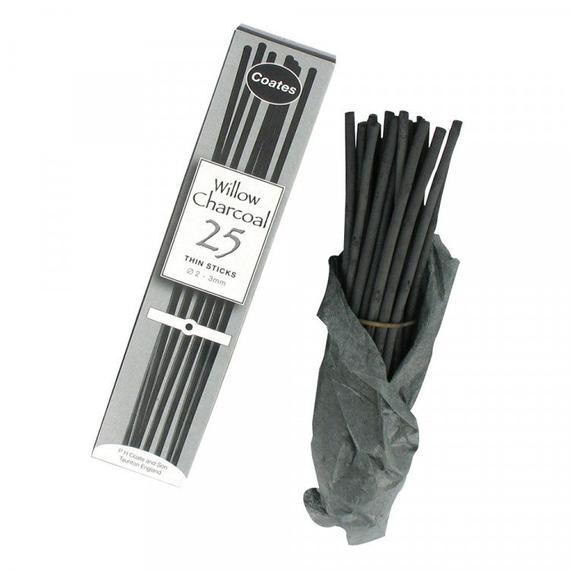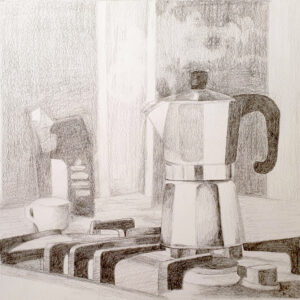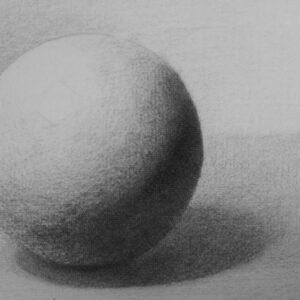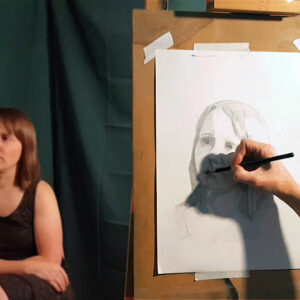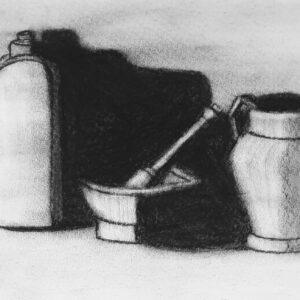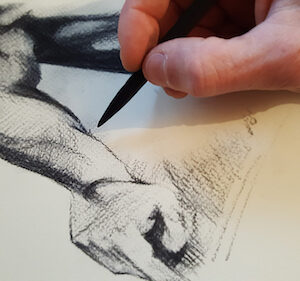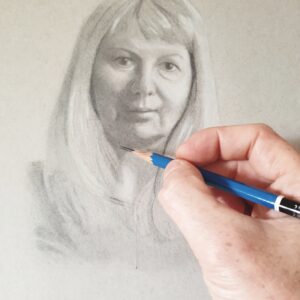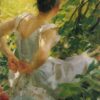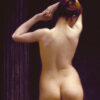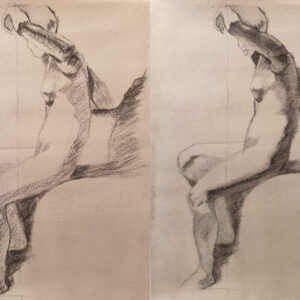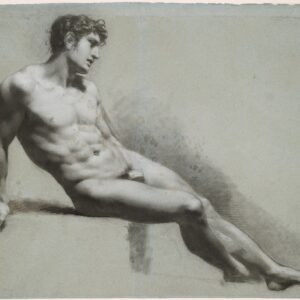Essential Drawing Course Online
€150.00 – €390.00
LIVE-STREAMING & RECORDED ONLINE COURSE
Starting Monday 3rd February 2025
Dates & Class Time: Mondays 7-9pm (UTC+1)
- Module 1 (5 Weeks): 3rd February to 3rd March 2025
- Module 2 (5 Weeks): 17th March to 14th April 2025
- Module 3 (5 Weeks): 28th April to 26th May 2025
Media: Pencil, Charcoal, Conté, Pen & Ink
Format: Live-Streaming Zoom Class & Video Recording
Level: Beginners – Improvers
Good drawing skills are indispensable for any visual artist. This comprehensive course teaches you the fundamental skills and techniques of drawing, and unpacks the building blocks of picture-making by showing you the principles that underpin your ability to see, interpret, and record the visual world around you.
The full course lasts for 15 weeks, and is divided into three 5-week modules. Each module is self-contained and can be taken on its own or combined with other modules. For best value and best results, though, I recommend that you choose at least two modules: the first module and one other.
Module 1: Fundamentals Skills & Concepts
3rd February to 3rd March 2025
Module 2: Methods & Techniques
17th March to 14th April 2025
Module 3: Styles, Subject Matter & Media
28th April to 26th May 2025
See full description, what’s included, what’s required, and other important information in the tabbed sections below.





